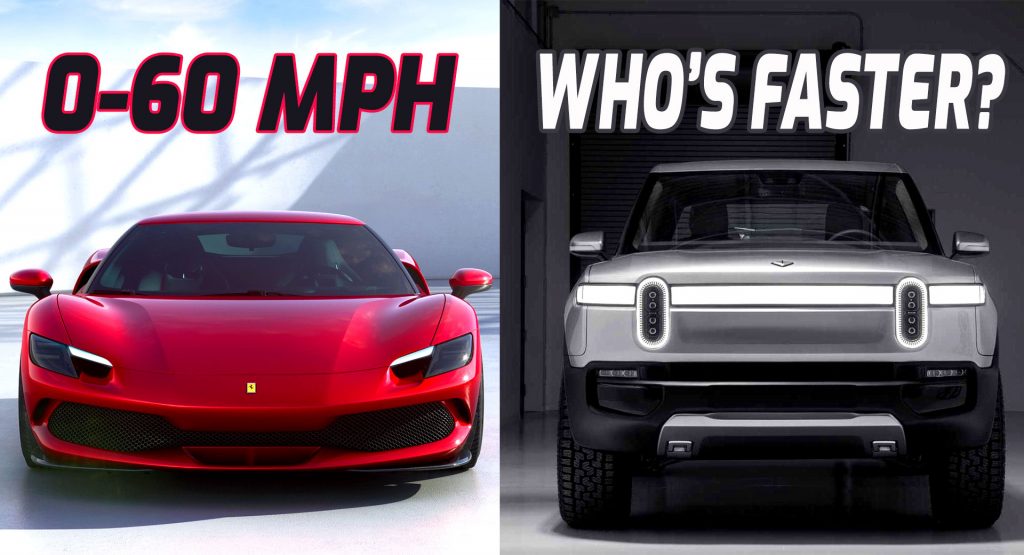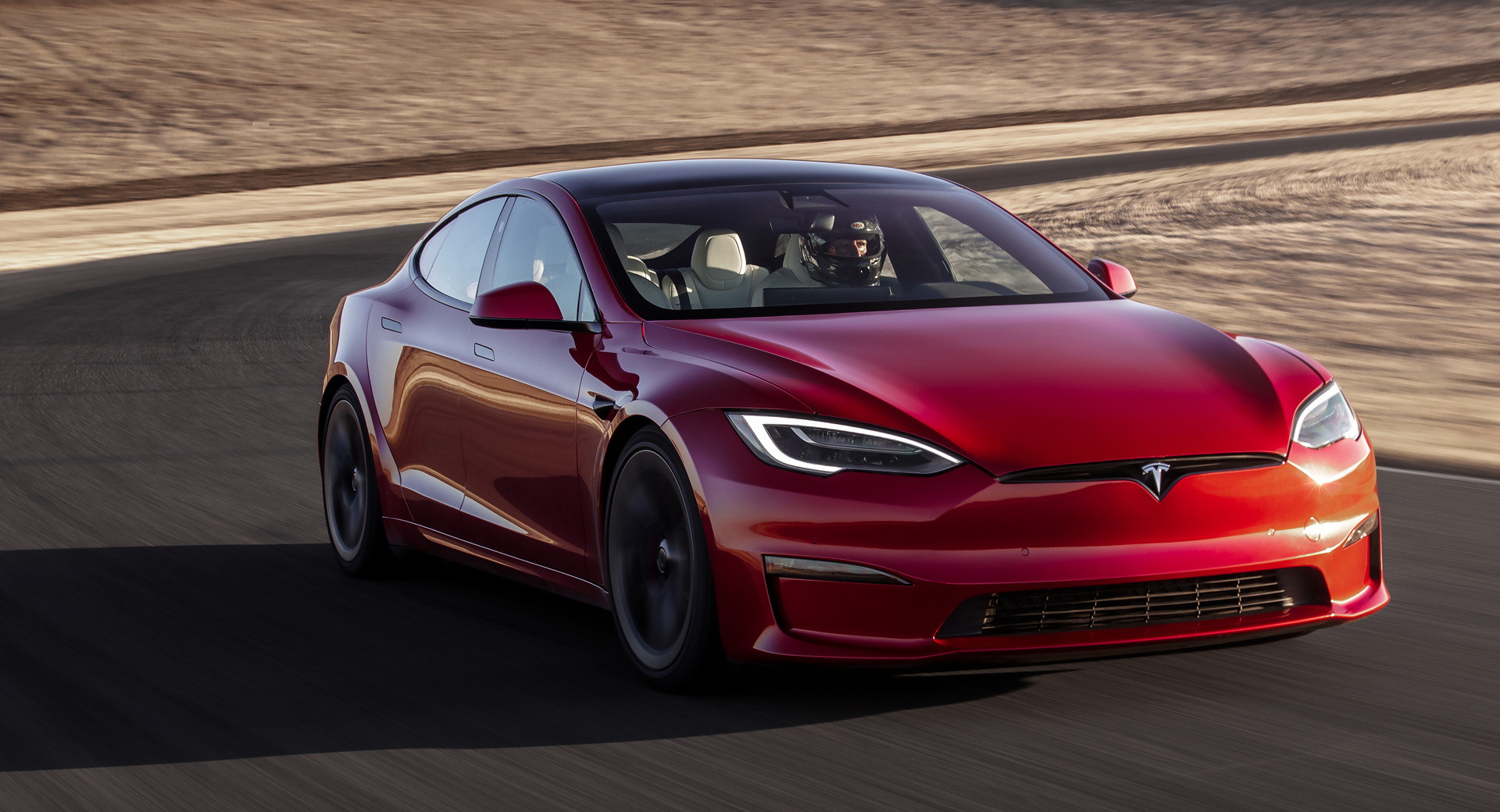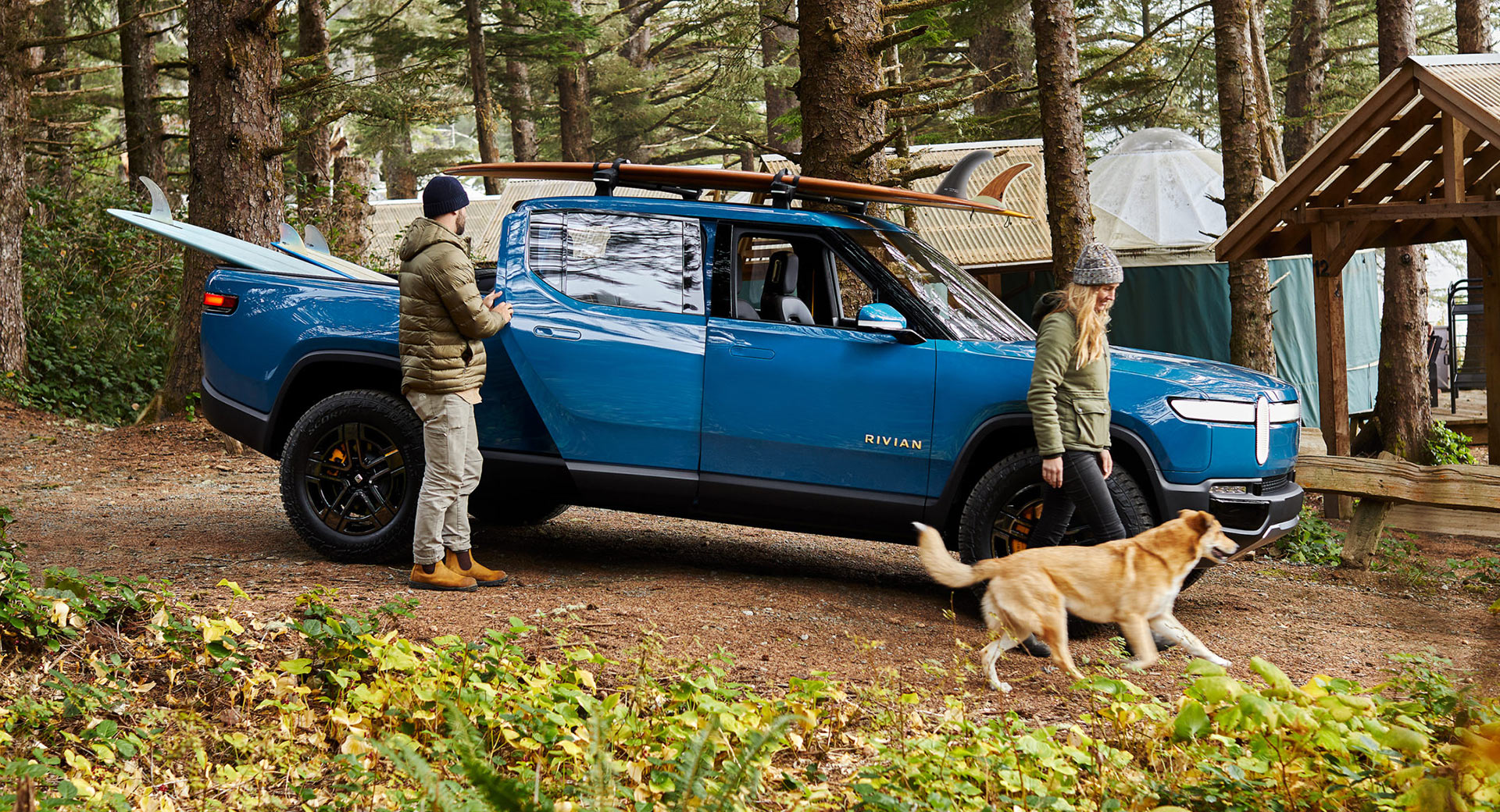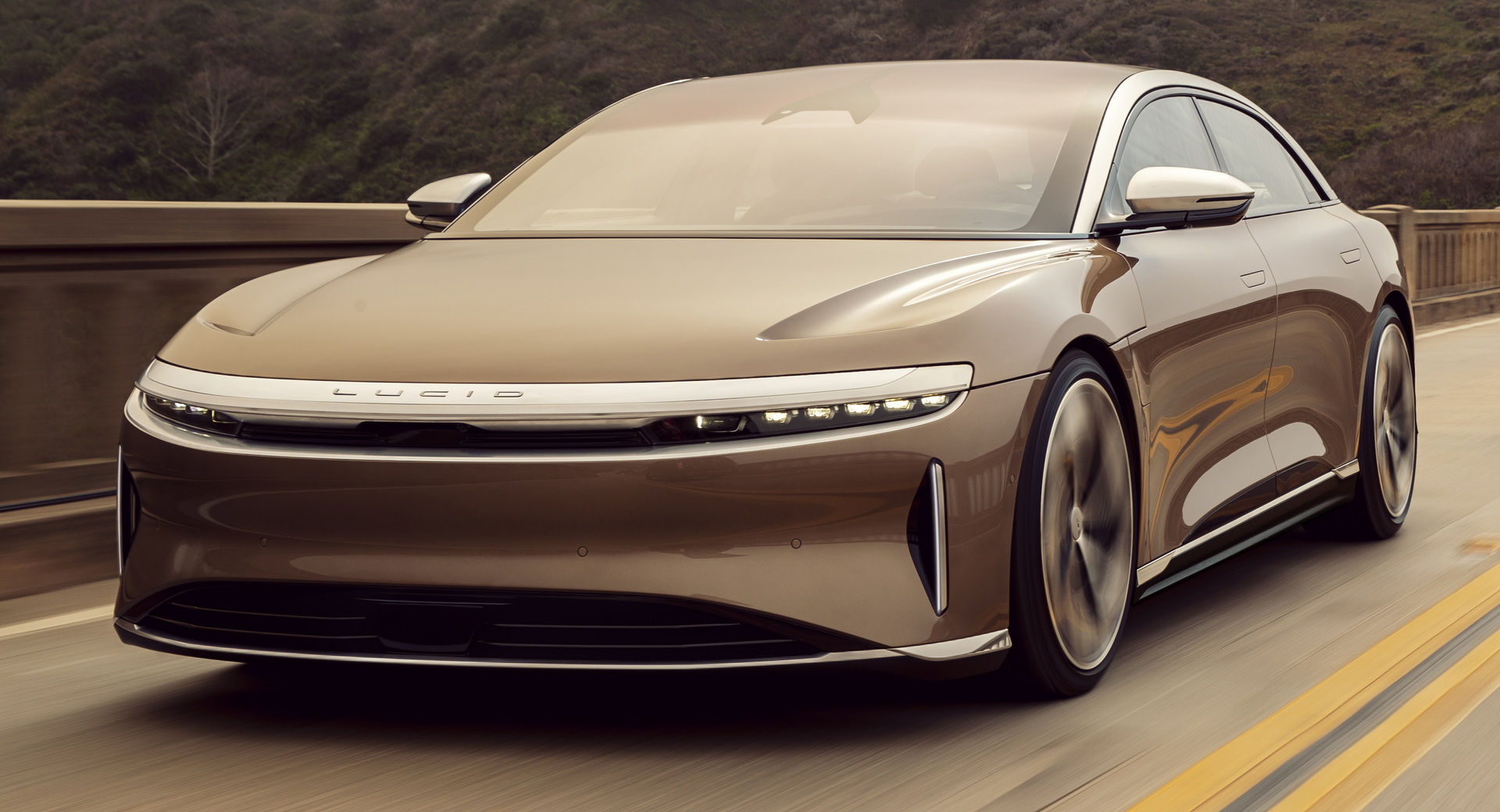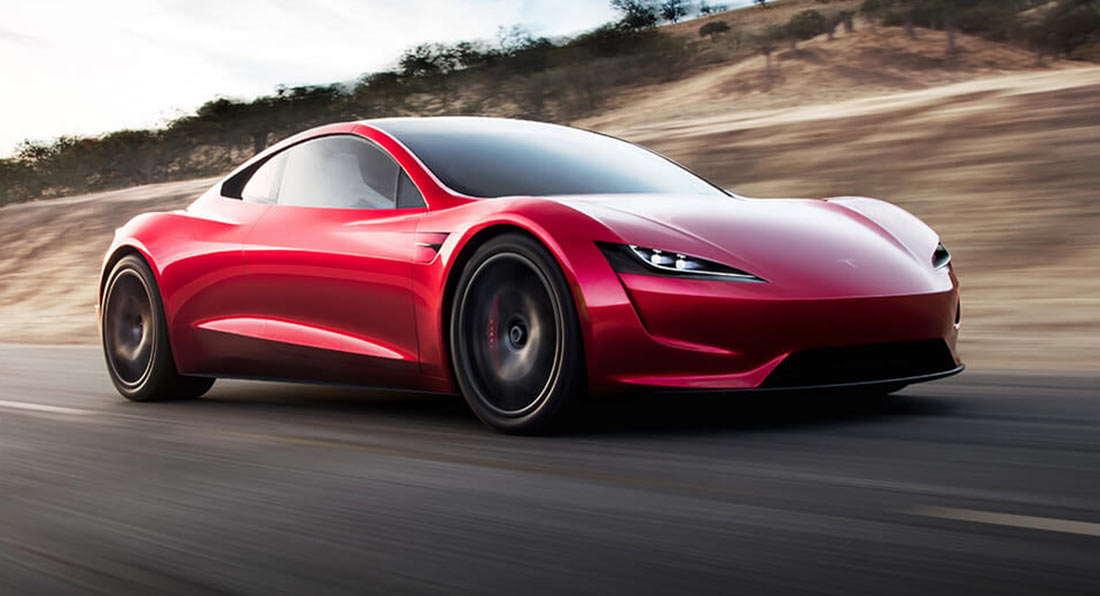Ferrari’s 296 GTB has arrived, and as you’d expect, it’s the usual technical tour de force. Equipped with a hybridised V6 powertrain producing a combined 819 hp, it can lap Ferrari’s Fiorano circuit 1.5 seconds faster than an F8 Tributo, and rips from rest to 62mph (100km/h) in 2.9 seconds. Cue some big virtual high-fiving on Ferrari forms across the world.
But a big virtual shrug on the EV ones. The thing is, modern EVs have pretty much ruined the performance angle for supercars. When even an F-150 Lightning truck can hit 60mph (96 km/h) in 4.5 seconds, and a luxury sedan with almost no sporting pretensions can get there in two-point five, the case for spending an awful lot more money on an Italian exotic that costs three times as much starts to get thinner than the sidewalls of the tires fitted to the 296’s optional carbon fiber rims.
Opinion: Neck-Snapping Acceleration Isn’t Enough To Make Electric Cars Feel Exciting
We’d jump at the chance to own a Ferrari 296 GTB, which we’re sure offers a more multi-dimensional experience than any EV. But here are five EVs 296 GTB owners shouldn’t jump to take on if they pull alongside at the lights.
Tesla Model S
Tesla recently cancelled the Model S Plaid+, but that’s no biggie. The standard $120,000 Plaid recorded Zero to 60 mph (96 km/h) in 2.28 seconds in Motor Trend’s hands under conditions closest to what Ferrari uses, which probably equates to no more than 2.4 seconds to 62 mph (100 km/h). Tesla quotes a sub-2-second 0-62mph time but the caveats, including needing a surface sticker than fresh duct tape mean its as misleading as Ferrari’s ‘dry’ curb weight.
Porsche Taycan Turbo S
It’s a damning indictment of the straightline superiority of EVs over ICE cars that the quickest car Porsche currently sells, this side of a 911 Turbo S, is a battery-powered four-door sedan. On the right surface, a Ferrari 296 should just nose ahead of Porsche’s 661 hp Taycan Turbo (3.2 seconds) to 62mph (100 km/h), but the Taycan Turbo S’s 2.8-second figure is enough to make a Ferrari driver see red.
Rivian R1T
A truck? Okay, now things are getting silly. But according to Rivian, it’s all-wheel drive, quad-motor R1T isn’t just handy for camping vacations, it will also hit 60mph (96 km/h) from rest in 3.0 seconds. Guestimating that equates to 3.2 seconds to 62 mph (100 km/h), the Ferrari should be safe – but only if the surface is hotter and dryer than Maranello in July. Throw in a whiff of moisture and those giant Rivian letters on the R1T’s rear end are going to be seared into the 296 driver’s eyeballs so comprehensively, he’ll still see them in the dark three years later.
Lucid Air
The Air is another unassuming electric sedan capable of vanishing into the ether when lined up against a conventional ICE supercar. Despite looking like the lovechild of a Subaru SVX and a giant tortoise, neither of which is renowned for its off the line snap, the Air is claimed to sprint to 60mph in 2.5 seconds. Whatever it does to 62, it does it faster than the Ferrari.
Tesla Roadster
At this stage no one outside of Tesla has seen, let alone driven the Roadster planned for 2023. But Elon Musk recently revealed Tesla was investigating the use of trick carbon-wrapped motors to push the performance enevelope. It’s almost certainly going to be significantly faster than the Model S, which means a sub-2-second 0-60 mph (96 km/h) time, and there’s some speculation that it might need as little as 1.1 seconds.
Rimac Nevera
And finally, as a bonus rival, we’ve got the Rimac Nevera. And not just the Nevera, but the Lotus Evija and Autombili Pininfarina Battista. At over $2m each, it’s not fair to directly compare these electric hypercars with the circa- $320,000 Ferrari 296, but the fact that they promise, or, in the Rimac’s case, have shown, a substantial performance advantage over any current Ferrari regardless of price underlines how EV technology has turned the performance market on its head.
Related: 2022 Rimac Nevera Sets Unofficial Quarter Mile Record, Destroys Ferrari SF90 Stradale In Race



